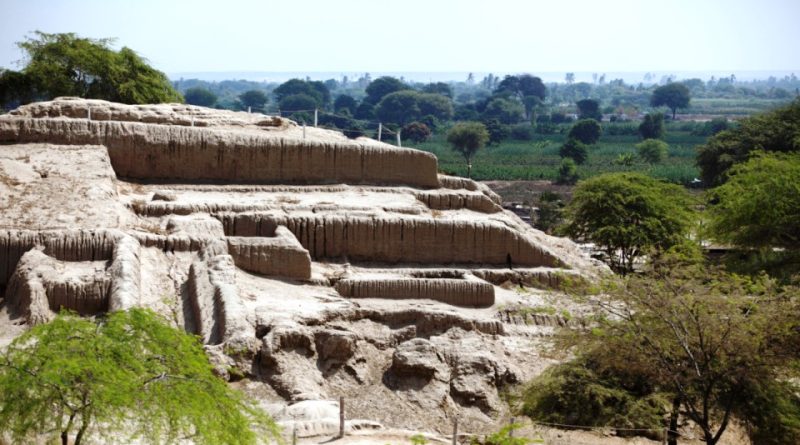The Vicús and agriculture
The Vicús and agriculture
The Vicús were a pre-Inca culture that developed along the northwestern coast of Peru, in the region of the current province of Piura, especially between 200 BC and 200 BC. and 600 AD. Agriculture was a key part of their economy and way of life.
In the coastal desert environment of northern Peru, the Vicús relied mainly on the technique of irrigation to cultivate their fields. They built canal systems and terracing to direct water to their fields and mitigate drought in the region. The main crops grown by the Vicús included maize, cotton, beans, gourds and various types of chili peppers. These crops provided them with food, clothing materials, and other resources essential for survival.
Additionally, the Vicús were known for producing high-quality pottery, which often depicted aspects of their daily lives, including agriculture. These decorative ceramics could depict human figures, animals and plants, giving an idea of the agricultural life of the Vicús and of their culture in general.
Agriculture was thus a crucial component of the Vicús’ economy and culture, and their skills in irrigation and crop cultivation contributed to their success in the coastal region of Peru.
Furthermore, the Vicús civilization used clay and local dyes for the production of natural and religious symbols; the modern pottery of the city of Chulucanas is said to closely resemble the ancient Vicùs art. Among their artifacts, there are characteristic double-spouted jugs that emitted a hiss when liquids were poured.
Agricultural techniques and tools –
The agricultural tools used in the Vicús civilization were mainly of the pre-Columbian type and reflected the agricultural practices of the time. These implements were essential for the cultivation, harvesting and processing of the agricultural products on which the Vicús society was based. Some of the common agricultural implements of the Vicús included:
– Hoes and ploughs: Plows were used to plow the land before sowing, allowing the soil to be broken up and prepared for agriculture. Hoes were used to work the soil during the growing season for crops.
– Sickles and knives: These tools were used for harvesting products such as corn, cotton and other agricultural products. Sickles were effective in cutting plants close to the ground.
– Poles and sticks: The poles were used to dig holes for sowing seeds and for managing the plants during their growth. The sticks were used to support the plants as they grew taller.
– Fabrics and baskets: The inhabitants of Vicús used baskets and fabrics to collect and transport agricultural products. These tools were essential to the process of harvesting and storing crops.
– Buckets and containers: They were used to transport water and other materials needed for agriculture. Irrigation was important in this desert area, so buckets and containers were essential for distributing water.
– Tools for working with fabrics: Since the production of fabrics was an important part of the Vicús economy, tools such as spindles, buttonholes and combs were used for weaving and making fabrics of cotton and other materials.
– Rudimentary combines: Although modern combines did not exist in the Vicús civilization, the inhabitants would have used hand tools to harvest their crops, such as combs or other special tools.
– Mills and tools for processing cereals: Tools for grinding corn and other cereals were important for the production of flour and other products derived from cereals.
It is important to note that the Vicús civilization left few written or representative traces, so information about their agricultural technology is mainly based on archaeological discoveries and information from recovered artifacts. However, these agricultural tools reflect the complexity of agricultural practices and crafts developed by this ancient civilization to survive in their region.
Guido Bissanti

